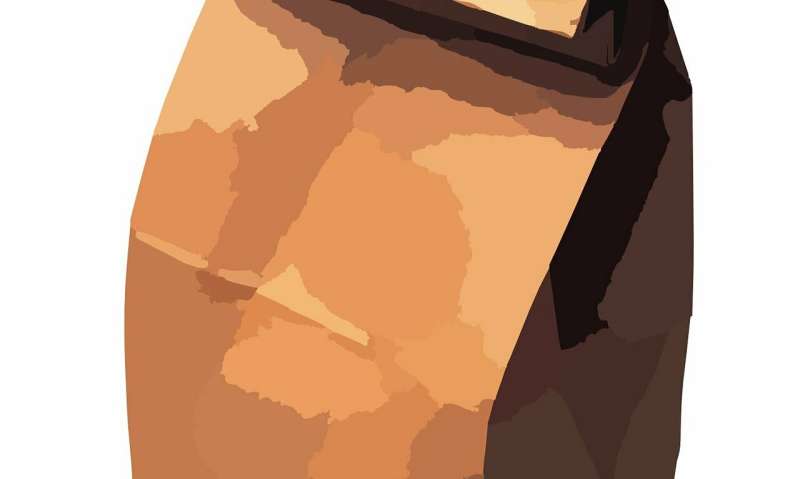Quinn on Nutrition: What's in your lunch bag?

I have to admit I was pretty proud of myself when I unpacked the leftovers from my lunch bag this week. Almost by accident, what I had pulled out of the fridge as I ran out of the house turned out to be a fairly balanced meal: the last bit of turkey soup I had thawed from my freezer and reheated for dinner the previous night, the remainder of a spinach, cucumber and tomato salad, and a square of leftover cornbread. I love when that happens.
What IS a balanced meal? In my mind, it is one that includes a food from at least three of the five major nutrient groups: protein, vegetables, fruit, grains, and dairy (which also includes non-dairy sources of calcium).
And why is this such a big deal? Foods are grouped in each of these categories according to the essential nutrients they provide. When we choose to eat a variety of foods from each of these groups each day, we consume the vast array of nutrients we need for optimal health.
I tend to play games with my meals to see how they measure up in each nutrient group. In this case, my turkey soup had protein, vegetables and bit of milk, my salad had vegetables, and my cornbread was a whole grain. (At least half the grains we eat should be "whole" grains, say experts.)
Here's a lightening bolt thought: When our original meals are balanced, the leftovers we pack for lunches are more apt to be balanced as well. And in this world of food waste (some say we throw out about 40 percent of our food), we can all do better with using up leftovers, right?
Even kids can remember on five fingers the five food groups. And we adults can be mindful of the major nutrients each group represents.
It's also pretty cool that we have lots of choices within each nutrient group. That's important since—if you have not noticed—we Americans have a plethora of preferred eating styles. Whether we are meat-eating cavemen or plant-only enthusiasts, we all need the nutrients found in the protein group. And there are plenty of choices to satisfy us all.
There's no getting around the vegetable group, either. No matter what our preferred diet, we all need the abundance of nutrients from this category. In fact, study after study confirms that a diet heavy on plant-based foods is most associated with optimal health and fewer chronic diseases like cancer, diabetes and heart disease. Ditto for fruit.
Grains may be controversial for some folks. Yet if we eliminate all the foods in this group, we will need to find several key nutrients including B vitamins (thiamin, riboflavin, niacin, and folate), and minerals (iron, magnesium, and selenium) elsewhere. Luckily there are several types of grains to choose from. For example, a person who needs to avoid gluten—a protein in wheat, rye and barley—can balance their diets with other grains such as rice or corn (whole grains versions of these, please).
It's all a matter of balance.
©2019 The Monterey County Herald
Distributed by Tribune Content Agency, LLC.




















